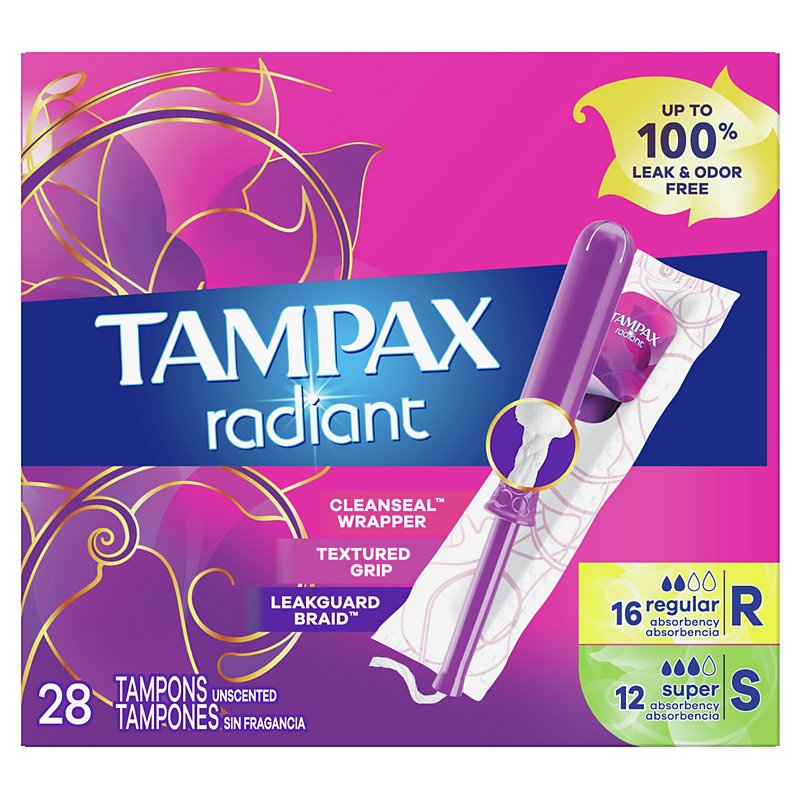The 5-Minute Rule for Tampon use in young women - PubMed

About 9 Best Tampons 2020 - The Strategist - New York Magazine

Ecological effect differs according to disposal technique (whether a tampon is flushed down the toilet or positioned in a garbage bin - the latter is the recommended option). Aspects such as tampon structure will likewise affect sewage treatment plants or waste processing. The typical usage of tampons in menstruation may add up to around 11,400 tampons in someone's lifetime (if they use only tampons rather than other items).
Aside from the cotton, rayon and fiber finishes, these materials are not biodegradable. Organic cotton tampons are eco-friendly, but should be composted to guarantee they break down in a sensible quantity of time. Rayon was discovered to be more eco-friendly than cotton. Eco-friendly alternatives to using tampons are the menstrual cup, recyclable sanitary pads, menstrual sponges, multiple-use tampons, and recyclable absorbent underclothing.

Explained: Why UK's decision to abolish 'tampon tax' is significant - Explained News,The Indian Express

Tampax Radiant 16 Regular 12 Super Absorbency Unscented Tampons - 28 Count - Pavilions
They discovered that the main environmental impact of the products remained in reality triggered by the processing of raw products, particularly LDPE (low density polyethylene) or the plastics used in the backing of pads and tampon applicators, and cellulose production. As production of these plastics needs a great deal of energy and creates lasting waste, the primary effect from the life process of these products is nonrenewable fuel source use, though the waste produced is significant in its own right.
Some Known Factual Statements About Tennessee woman-led company takes on period industry with
This was done regardless of providing any significance to the location and proper strategies of disposal. In some locations of the world, menstrual waste is gotten rid of into pit latrines, as burning and burial were challenging due to minimal private area. History [modify] Women have utilized tampons throughout menstruation for thousands of years.
The oldest printed medical file, Papyrus Ebers, refers to using soft papyrus tampons by Egyptian women in the 15th century BCE. Roman females utilized wool tampons. Ladies in ancient Japan fashioned tampons out of paper, held them in location with a plaster, and changed them 10 to 12 times a day.

Super Tampons
R. G. Mayne specified a tampon in 1860 as: "a less inelegant term for the plug, whether made up of portions of rag, sponge, or a silk scarf, where plugging the vaginal area is drawn on in cases of hemorrhage." Check For Updates patented the very first contemporary tampon, Tampax, with the tube-within-a-tube applicator.
